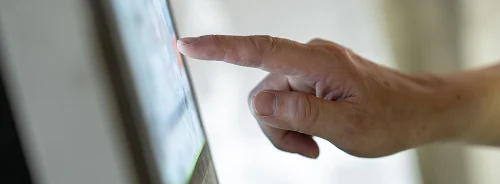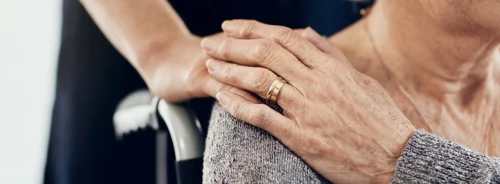The Jacobs Institute’s (JI) i2R, or Idea to Reality Centre, specialises in taking vascular medical devices through to proof-of-concept. Breaking down silos and using a transdisciplinary approach to innovation is intuitive, but achieving it is a challenge. The i2R was built on the notion that developing informed and innovative solutions at a rapid pace requires clinical experts, open architectural design, and a robust entrepreneurial ecosystem.
The Right People
The JI clinical expert team includes world-renowned surgeons and interventionalists with proven experience in vascular medical device development. These neurosurgeons, cardiac thoracic surgeons, general vascular surgeons, interventional cardiologists and electrophysiologists are regularly consulted by multi-billion-dollar device companies for feedback about their products, such as heart valves, stents, grafts, catheters, and wires. The JI staff also includes engineers with experience in research and device development. Together, our clinical and engineering experts share their insights on existing, improved, and new devices—whether it is how they feel, measuring how they perform, the nuances of how they are used in patients, and much more. Other facilities or consulting groups used for device testing or device development may have the engineers, but not the surgeons who are participating on a continuous basis in real-time. The feedback is collaborative and instantaneous, thereby eliminating bottlenecks in the innovation process.
The Right Place
A thoughtful architectural design fosters collaboration amongst numerous experts in research and medicine alike. The building in which the JI is located, holds State University of New York at Buffalo (UB) research faculty on the top four floors and Kaleida Health-affiliated surgeons on the bottom four floors. The JI is situated in between the two institutions to serve as a collaborative force and innovation playground. What is further unique about this vertical campus, is that within the university and the hospital floors, is transdisciplinary collaboration. Researchers in physics, biomedical engineering, and aerospace, work together to study cardiovascular diseases—such as strokes and aneurysms. Meanwhile, mere floors below, neurosurgeons, cardiac surgeons, and general vascular surgeons, are working together to treat vascular disease—strokes, brain aneurysms, heart attacks, vascular aneurysms, and more.
Close quarters and ‘purposeful collisions’ have informed better-designed research projects and developed improved treatment plans for patients. Further, researchers and surgeons work together by sharing their research knowledge and experience in the operating rooms to develop device improvements, which are shared with engineers. This environment fosters collaboration and streamlines innovation in a one location.
The Right Time
Currently, there is a shortage of venture capital investment in medical devices, owed to economic influences in past years. The proportion of VC investment in MedTech companies declined from 13 percent in 1992 to four percent in 2016. Further, MedTech Series A investments as a percent of total venture investments in the sector declined from 19 percent in 2006 to 10 percent in 2016 (Arboleda P. Shah S. & Snyder G. 2017).
Novel medical device development is an expensive and longer-term investment, with a project life often at a ten-year minimum. Add in a dose of difficult and uncertain Food and Drug Administration approval and questions of whether a device will be reimbursable by the U.S. Centres for Medicare and Medicaid Services (CMMS) and it’s easy to understand why the well is dry. In the development world, the “Valley of Death” is a term coined for the challenging period of time between research grants leading to new device ideas and the end of product development. It is when funding runs out at a time when human, technological, and financial resources are in high demand.
Buffalo, New York, may not be at top-of-mind when contemplating funding sources for entrepreneurial ventures, but should be. A recent boom in state, industry, and privately-funded programs and projects are putting the region on the map. New York State governor’s investment in the region via an economic development council that awards grants and small and big business competitions are awarding significant dollars to top-prize winners. Western New York-based Venture capital firms are another ripe source of funding to help start-ups overcome the valley of death.
References:
Deloitte, AdvaMed (2017) Out of the valley
of death: how can entrepreneurs, corporations and investors re-invigorate
early-stage med-tech innovation? Available at: https://www2.deloitte.com/content/dam/Deloitte/us/Documents/life-sciences-health-care/us-lshc-medtech-innovation.pdf






